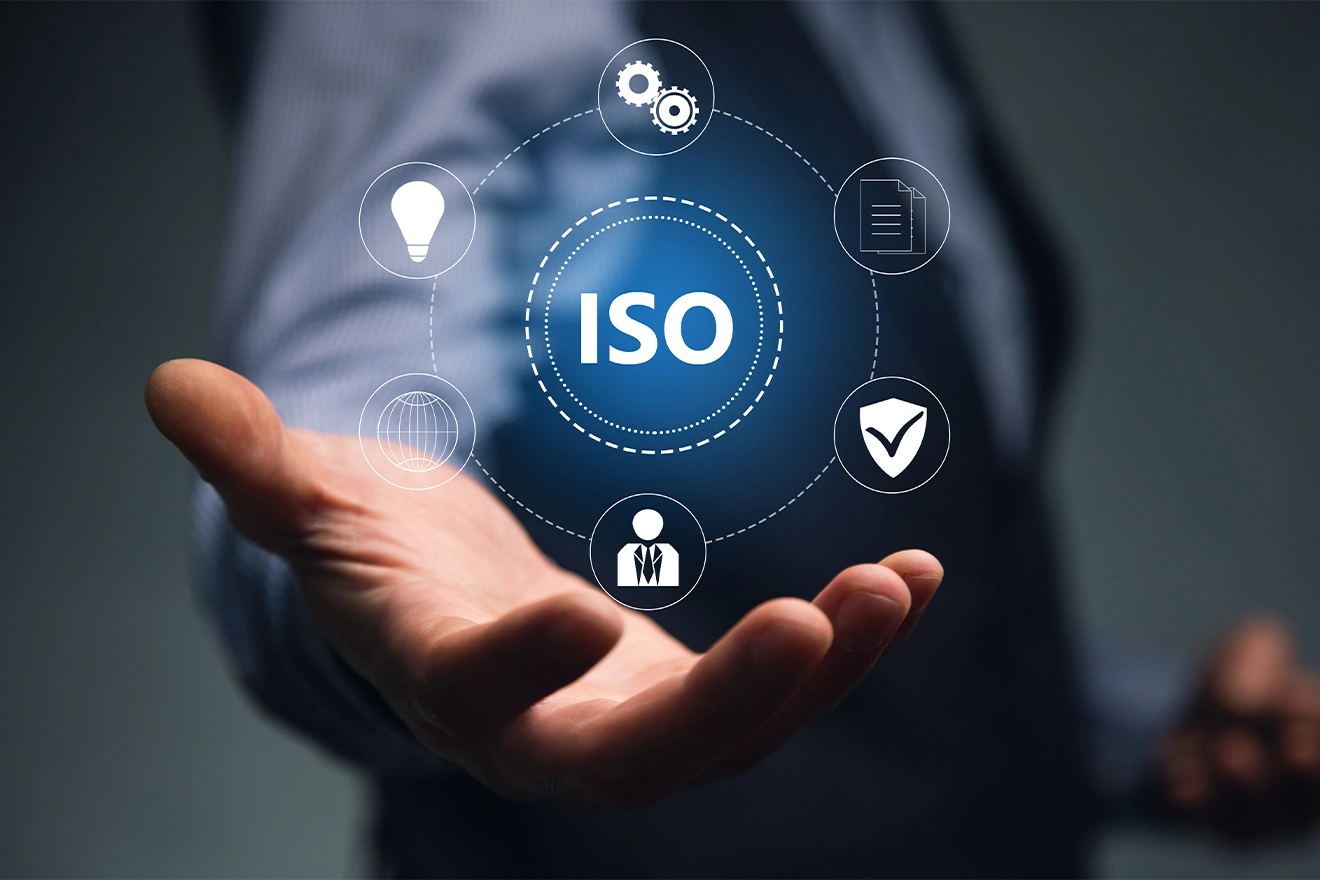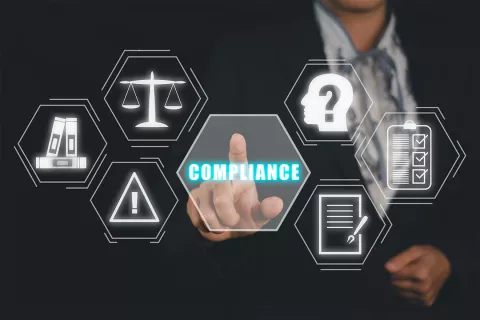
21 Code of Federal Regulations (CFR) Part 820, also known as the Quality System Regulation (QSR), is part of the United States (US) CFR that establishes the criteria under which medical devices are manufactured. It covers various aspects of the manufacturing process, including design, production, labeling, storage, installation, and servicing of medical devices. The regulation is enforced by the US Food and Drug Administration (FDA), and it aims to ensure that medical devices are safe and effective for their intended use.
International Organization for Standardization (ISO) 13485 is an international standard that specifies requirements for a Quality Management System (QMS), whereby an organization needs to demonstrate its ability to provide medical devices and related services that consistently meet customers’ needs and the applicable Regulatory requirements. It is designed for organizations that are involved in the design, production, installation, and servicing of medical devices. In fact, ISO 13485 is based on the ISO 9001 process model approach and is specifically tailored to the Regulatory requirements of the medical device industry.
Global Impact of ISO 13485
ISO 13485, “Medical Devices – Quality Management Systems (QMS) – Requirements for Regulatory Purposes,” has a significant impact on Regulatory compliance for medical device manufacturers across the globe. Here are some of the key points with respect to its global impact:
- Harmonization of Regulatory Requirements: ISO 13485 helps harmonize QMS requirements for medical device manufacturers across countries and regions. This, in turn, facilitates international trade and market access by providing a common framework that is recognized by multiple Regulatory authorities.
- Basis for Certification: Compliance with ISO 13485 is often considered a prerequisite for obtaining certification that is necessary to market medical devices in various jurisdictions. Certification bodies use this standard to assess a manufacturer’s ability to consistently provide medical devices that meet both customers’ needs and Regulatory requirements.
- Regulatory Acceptance: Many Regulatory authorities around the world, including those in the European Union (EU), Canada, Australia, Japan, and the US, recognize and require compliance with ISO 13485 as part of their medical device approval processes.
- Quality Assurance: ISO 13485 focuses on ensuring the quality and safety of medical devices throughout their lifecycle, right from design and development up to production and Post-market Surveillance (PMS). This helps manufacturers maintain high-quality standards and thereby minimize the risk of product recalls or safety issues.
- Customer Confidence: Compliance with ISO 13485 demonstrates a manufacturer’s commitment to quality and Regulatory compliance, which in turn increases brand value and trust among customers, suppliers, and other stakeholders.
Challenges and Discrepancies between 21 CFR Part 820 and ISO 13485
Some of the key challenges and differences between 21 CFR Part 820 and ISO 13485 are outlined below:
- Differences in Structure and Terminology: ISO 13485 and 21 CFR Part 820 have different structures and use varying terminologies, which can cause confusion for organizations trying to comply with both.
- Documentation Requirements: ISO 13485 has typically been more prescriptive about documentation requirements, whereas 21 CFR Part 820 has been more performance-based, focusing on the efficacy of quality processes.
- Risk Management: ISO 13485 places a greater emphasis on risk management throughout the product lifecycle, whereas 21 CFR Part 820 has not explicitly integrated risk management into the quality system.
- Regulatory Focus: 21 CFR Part 820 is specifically tailored to meet the US FDA’s Regulatory requirements, while ISO 13485 is designed to meet international requirements, which may not address specific expectations of the US FDA.
- Supplier Management: ISO 13485 has more detailed requirements for supplier management processes, as compared to 21 CFR Part 820.
Strategies for Aligning the Requirements of 21 CFR with ISO 13485
Organizations can adopt the following strategies to align the requirements of 21 CFR with ISO 13485:
- Gap Analysis: Organizations can conduct thorough gap analyses to compare the requirements of 21 CFR Part 820 with those of ISO 13485. This will help them identify areas where the regulations overlap and where there are differences.
- Policies and Procedures: The organization should revise existing QMS documentation, including policies and procedures, to ensure that they meet both sets of requirements. This may involve integrating or referencing ISO 13485 standards within the QMS documentation.
- Training and Awareness: Organizations can provide training to their staff, which will help ensure that they understand the requirements of both 21 CFR Part 820 and ISO 13485. This will enable the staff to implement the necessary changes and maintain compliance.
- Internal Audits: Organizations need to conduct regular internal audits to assess compliance with both Regulatory frameworks. They can use the audit findings to make continuous improvements to the QMS.
- Risk Management: Organizations must align their risk management processes according to ISO 14971, which is recognized by both 21 CFR Part 820 and ISO 13485, to ensure that a consistent approach to risk is followed across the organization.
- Supplier Management: Organizations need to ensure that supplier management processes comply with both 21 CFR Part and 820 and ISO 13485, particularly in areas such as supplier evaluation, selection, and monitoring.
- Design Controls: The organization should align design control processes to satisfy the requirements of both the US FDA and ISO 913485. This includes design and development planning, design inputs and outputs, design verification and validation, and design changes.
- Regulatory Updates: Organizations need to stay informed about Regulatory updates and changes to both 21 CFR Part 820 and ISO 13485 to ensure ongoing alignment and compliance.
- Documentation Control: Organizations must implement robust documentation and record-keeping practices that satisfy the requirements of both 21 CFR Part 820 and ISO 13485.
Future Trends for Global Harmonization
Here are some of the emerging trends that are setting the stage for the global harmonization of ISO 13485 with 21 CRF Part 820:
- Increased Collaboration: There is a growing trend toward international cooperation and information-sharing among Regulatory authorities. This includes engaging in global, regional, and subregional networks to pool Regulatory capacities and promote access to quality medical products.
- Harmonization Efforts: Countries are aligning their medical device regulations with international guidance documents, consensus standards, policies, and procedures to promote Regulatory convergence.
- Reliance on Voluntary Consensus Standards: Regulatory authorities, including the US FDA, are recognizing voluntary consensus standards, which allow for a common understanding of processes, methods, and acceptance criteria.
- Regulatory Convergence: There is a voluntary process by which Regulatory recommendations or requirements across different countries or regions become aligned over time using international guidance documents.
- Mutual Reliance: There is a push for greater mutual reliance among global regulators, which involves trusting the Regulatory evaluations and decisions made by other competent authorities.
- Lifecycle Management: Regulatory approaches are increasingly focusing on the entire lifecycle of medical devices, from pre-approval to PMS, using data-driven, risk-adaptive approaches.
Thus, the harmonization of 21 CFR Part 820 with ISO 13485 emerges as a critical task for firms looking to traverse both national and international markets in the intricate realm of medical device production and Regulatory compliance. The foundation for a unified approach to quality management in the medical device sector is laid by the global reach of both ISO 13485 and 21 CFR Part 20. Techniques integrating 21 CFR into ISO 13485 standards are essential for companies hoping to combine these two (02) sets of regulations with ease.









